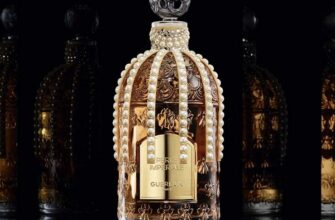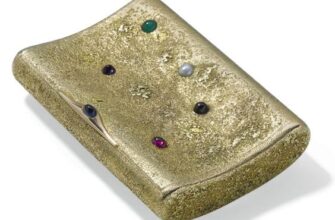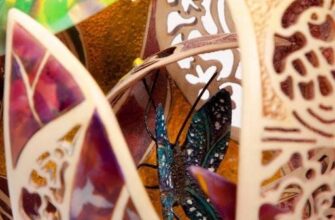Jewelry is the epitome of beauty. They were coveted by the most memorable names in history, heroes and villains, famous lovers, glamorous stars, prominent families, ruling dynasties. But people are only temporary custodians of these eternal values and, one day, royal treasures appear at auctions.
There are only six stories in the article about jewelry with a history that were sold at the famous auction Christie's.
Cowardly Empress - Jewels of Marie-Louise of Austria
Sold at Christie's in 1894, 1959 and 1961.
Marie Louise, Archduchess of Austria, niece of Marie Antoinette, second wife of Napoleon and mother of his son, King of Rome, never enjoyed the love of the French. Her marriage to Napoleon in 1810 marked the beginning of the decline of the emperor's fame. Many accused her of contributing to his downfall.
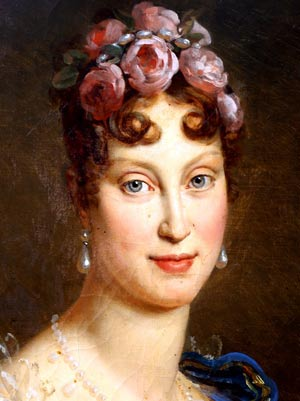
After Napoleon's first abdication in 1814, Marie-Louise returned to her native Austria, where her father, Emperor Francis II, provided her with a quiet life. After the death of the empress in 1847, her jewels remained with the Austrian imperial family, and some of them were put up for sale at Christie's.
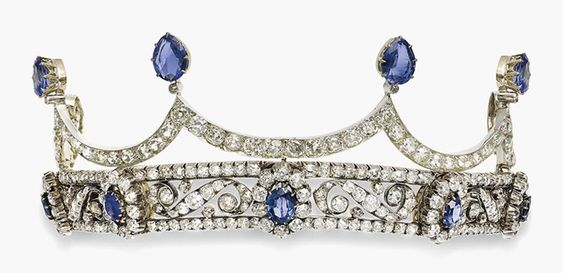
After sales at Christie's in 1894 and 1959, the sapphire and diamond set was put up for sale in London in July 1961.
The jewels as they exist today clearly do not belong to the era of Empress Marie-Louise. It is more likely that they were made after her death from sapphires and diamonds that she left at the Royal Palace in Vienna when she moved to Rome.
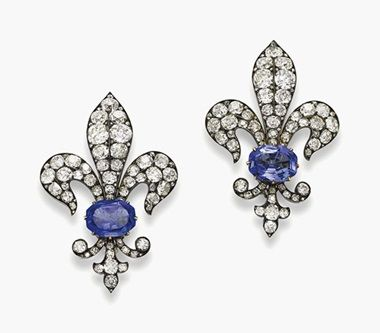
Pomp and Solemnity: The Cambridge Love Knot Tiara
Sold at Christie's in 1981.
The Cambridge Lover's Knot tiara was made in the early 19th century, possibly in Germany, for Princess Augusta of Hesse-Kassel, Duchess of Cambridge.

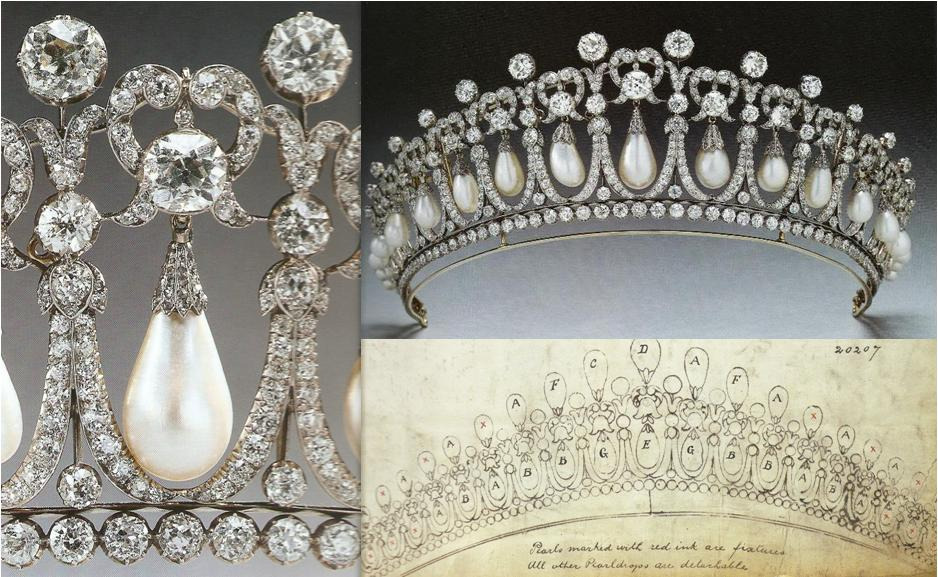
The copy was made at the request of Queen Mary, who left it to Queen Elizabeth II. This replica has since been worn by Diana, Princess of Wales and the current Duchess of Cambridge.
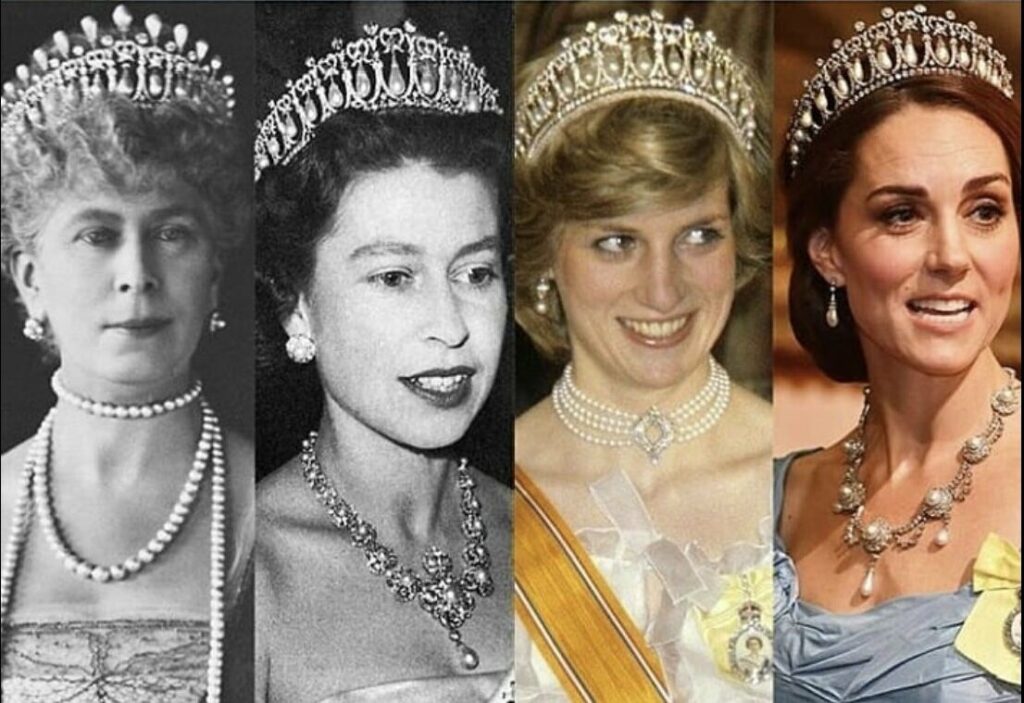
Two other models were produced in Germany in the early 19th century. One was made for Amalia of Oldenburg, Queen of Greece, which is on display in a museum in Munich. Another, created for Princess Yusupova, disappeared after the Russian Revolution.
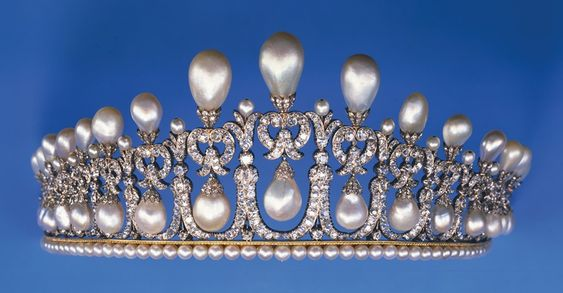
King's first love: Mancini pearls
Sold to Christie's in 1969.
Maria Mancini (1639-1715) was the niece of Cardinal Mazarin. She fell in love with the young king and Louis XIV reciprocated her love.
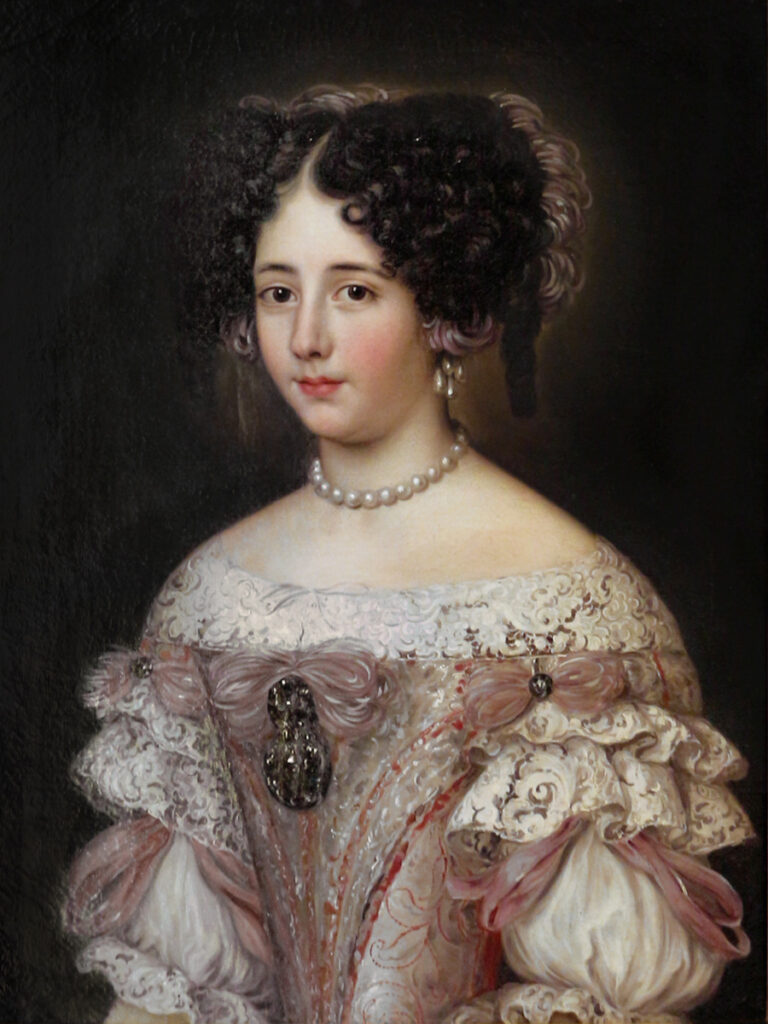
Anna of Austria, the Queen Mother of France, vehemently opposed their love and predicted as his wife the Infanta Maria Theresa of Spain. Louis and Mary fought for their love, but in 1659 Mary was forced to leave the country. A few weeks earlier, Louis had bought a string of pearls from his aunt, the Queen of England, who was living in exile in Paris. It was all he could offer the woman to whom he wanted to give his crown.
"No king can marry for love."
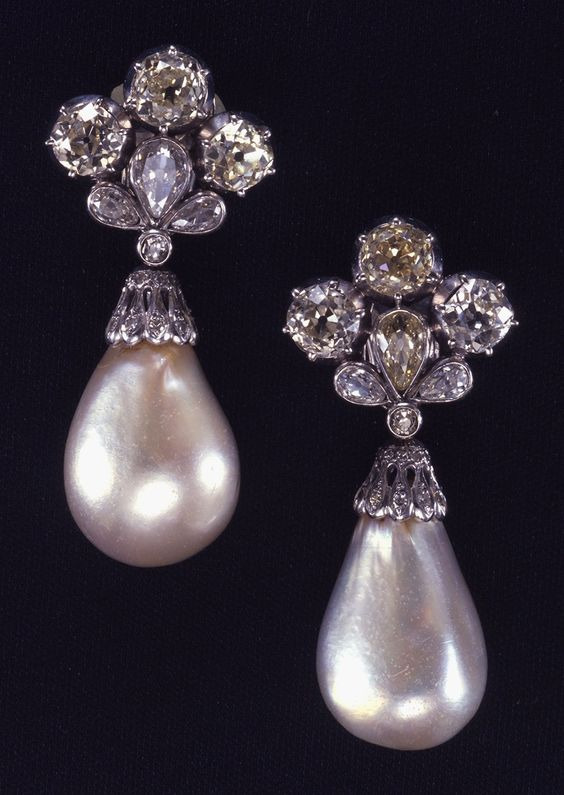
Maria received two huge pear-shaped pearls. The pearls were passed down to Marie's descendants for over three centuries before they were sold at Christie's auction in Geneva in 1969.
Diamonds and Bolsheviks
Russian State Jewels Sold at Christie's in 1927.

124 gems and jewelry items were put up for sale at Christie's in 1928, 10 years after the October Revolution.
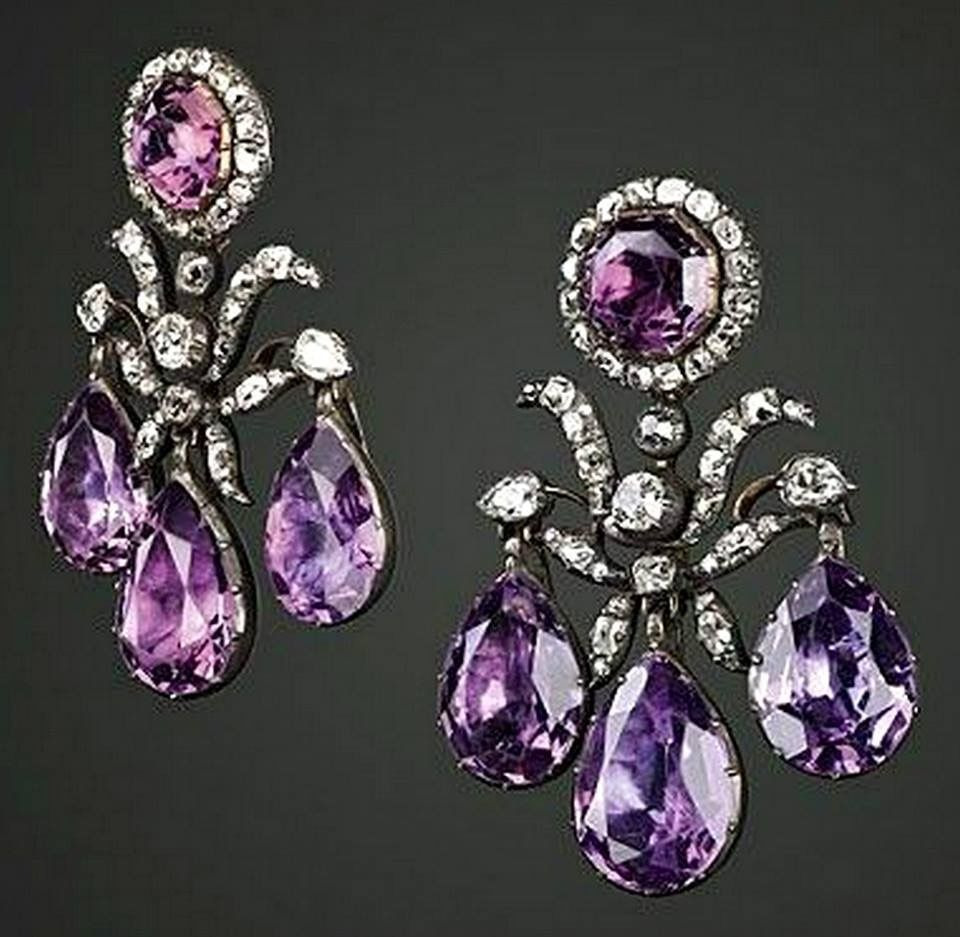
Paintings, gold, silverware, china - everything captured in aristocratic houses or imperial palaces was collected in warehouses where international merchants were invited. Along with these valuables were the jewels of the Russian crown, accumulated since the time of Catherine the Great.
It took Agathon Faberge almost two years to inventory the gems for Leon Trotsky. Faberge counted 25 carats of diamonds, 300 carats of sapphires, hundreds of emeralds, thousands of pearls, and fantastic diamonds such as Orlov, weighing approximately 189,62 carats.

The collection has been divided into three parts:
- The first, preserved in Russia and today exhibited in the Kremlin, combines coronation decorations and jewels of the XNUMXth century.
- The second consisted mainly of women's jewelry, some of which was dismantled and the stones secretly sold.
- The third part, consisting of 124 pieces, was eventually put up for sale at Christie's.
Among the most important items was a diamond bridal crown, probably made at the end of the 18th century by order of Catherine the Great. She was sold for £6, a high price at the time.
Today, the crown is on display at the Hillwood Museum in Washington, DC.
The most beautiful pearl in the world: La Régente
Sold at Christie's in 1987, 1988 and 2005.
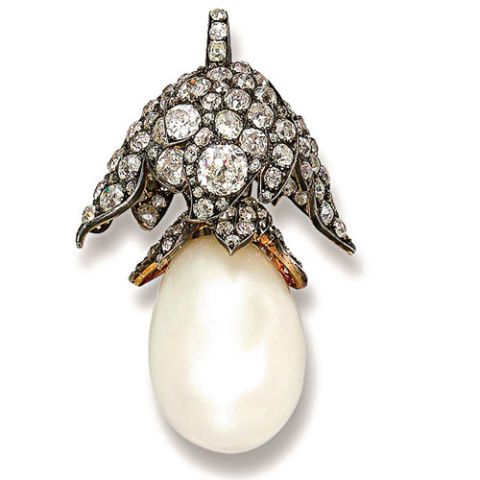
The sales catalog mentioned Russian origin. But the Berlin Wall had not yet fallen, and everything Soviet was shrouded in mystery. The anonymous gem was actually La Régente, worn by the empresses of France and Princess Yusupova, one of the noble ladies of the Russian Empire.
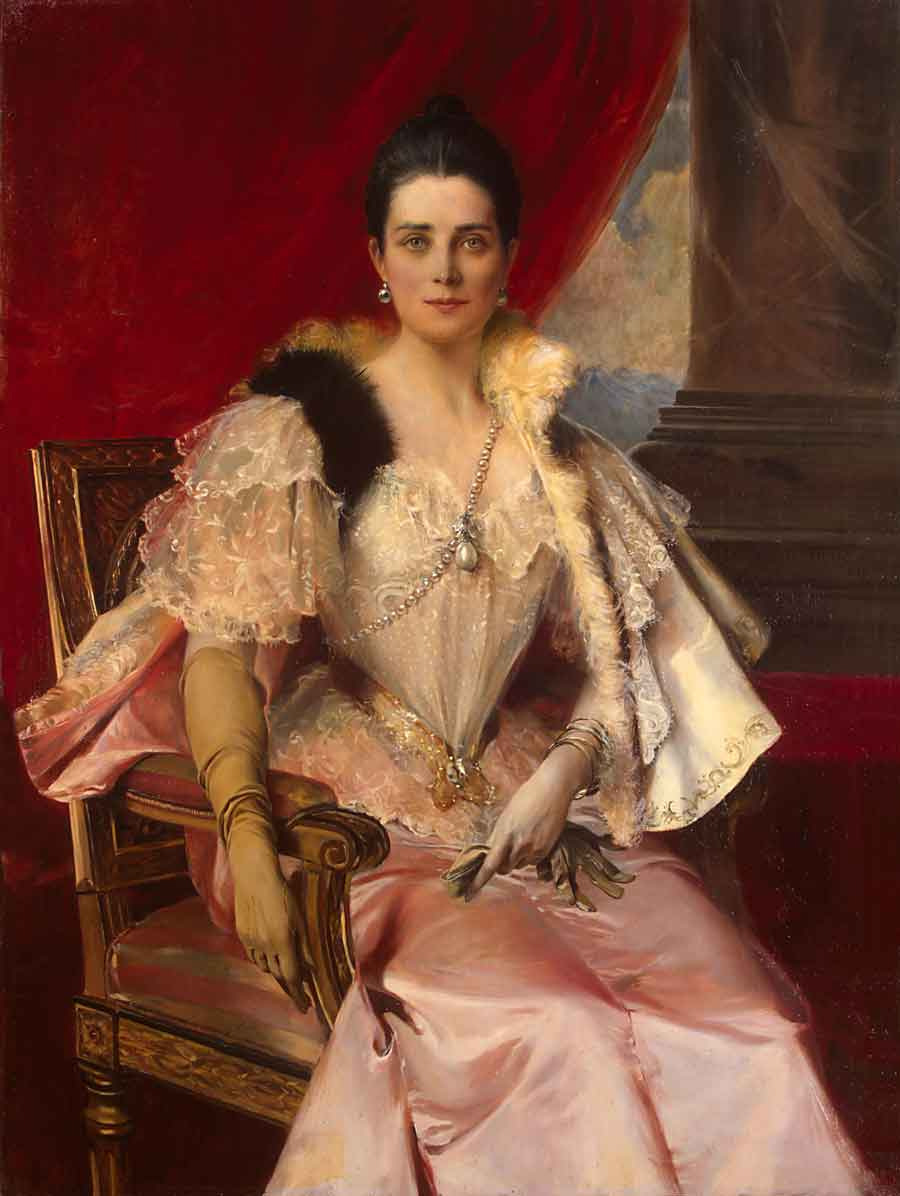
La Régente officially dates from 1811. Emperor Napoleon purchased the gem from the jeweler Nito, inserting it into a diadem worn by his second wife, Empress Marie-Louise.
When the French Empire fell in 1870, La Régente and the other Crown Jewels remained in Paris. The Third Republic was proclaimed, leaving the future of the state treasury uncertain. Finally, in 1887, most of the collection was auctioned off at the Louvre. La Régente was acquired by a dealer named Rossel, apparently a representative of the Russian Prince Nikolai Yusupov.
In 1919, the Yusupovs went into exile, leaving behind their jewels. They were hidden under the stairs of the Moscow Palace along with the jewels of the Grand Duchess Xenia. The find was discovered in 1925, and 62 years later, La Régente appeared at Christie's auction in New York.
A year later, the pearl in a new setting was auctioned at Christie's in Geneva, and in November 2005 returned to Christie's for the third time and was sold for $2,5 million.
Associated with three European royal families: the Wittelsbach diamond
Sold to Christie's in 2008
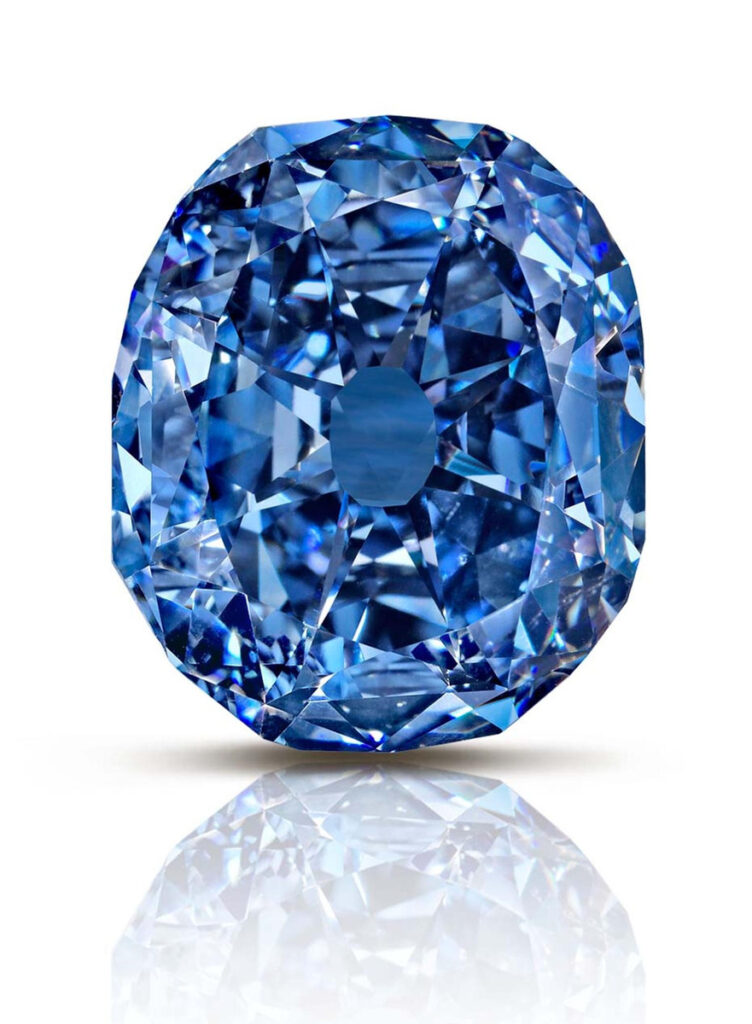
This striking blue diamond of Indian origin is associated with three European royal families: the Kings of Spain, the Holy Roman Emperors and the Kings of Bavaria.
In 1666 it became part of the dowry of the Spanish Infanta Margherita Teresa after her marriage to the Holy Roman Emperor.

During its long stay in the Bavarian royal treasury, the diamond was the center of the pendant of the Order of the Golden Fleece.
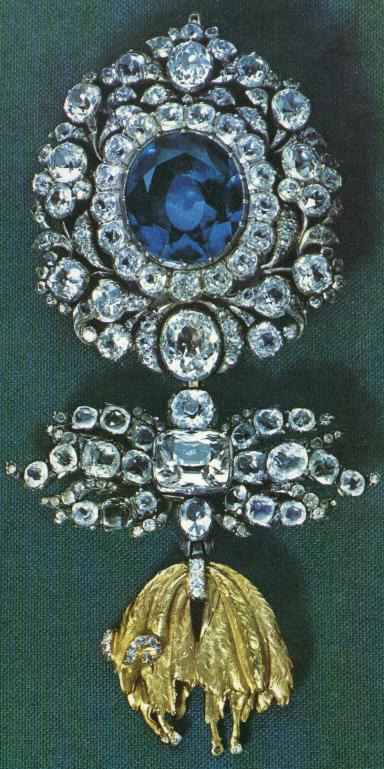
In 1931, the Royal House of Wittelsbach was forced to sell some of the jewels. Although the diamond was included in the catalogue, it did not reach its starting price and was most likely sold privately.

It remained in a private collection until 2008, when it was auctioned again at Christie's in London. Originally a 35,56 carat Fancy Deep Blue grey, it was recut in Fancy Deep Blue at 31,06 carats and renamed Wittelsbach-Graff.

